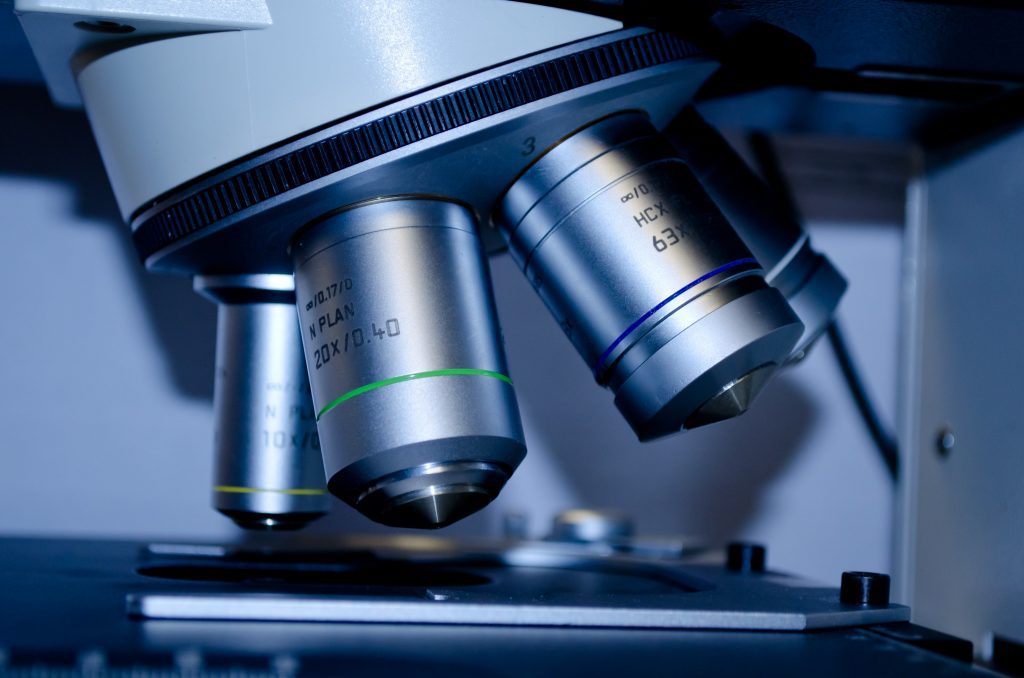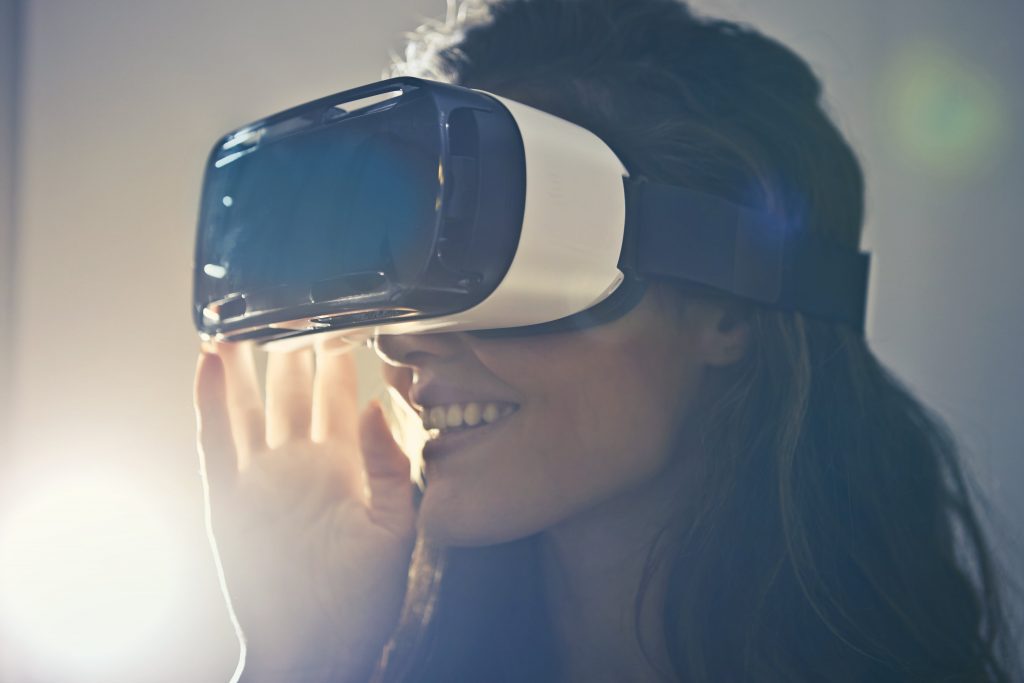
Humanity constantly strives for progress. It is often said that the human race has an instinctive need to advance and move forward. Now, there are different types of progress that are constantly being made. These can be societal progressions, personal progressions, or progressions in knowledge. But for now, let’s focus on progressions in technology. Now, when it comes to advances in technology, some developments are for novelty’s sake, while others have a genuine impact on the world that we live in. Now, various individuals and companies’ projects will go ahead regardless of whether you are aware of them or not. But it’s always a good idea to keep up to date with significant progressions, as they are bound to change the landscape of our life at some point or another! So, here a few steps forward that should be brought to light and that you should be aware of!
G-FETs
Chances are you haven’t heard of G-FETs before. A G-FET is essentially a graphene based chemical sensor that makes use of ultra-high sensitivity field-effect transistors. A chemical sensor is essentially a small device that can detect an individual target chemical effectively. Up until recently, silicone based sensors have dominated the marketplace and been most commonly used. However, the use of graphene in sensors leads to a much more astute tool for researchers to use. It’s two-dimensional structure means that its entire surface can be put to use in detecting chemicals, and the material also provides superior mechanical strength. Other benefits of the use of graphene include improved electrical and thermal conductivity, increased compactness, and a potentially lower cost to the researchers and institutions that make use of these kinds of sensors.
Now, you may not understand how something so specific and complex could have any far-reaching significance or impact. But you’d be surprised! There is always a need for fast and straightforward detection of chemicals. Whether this is in regards to toxic leaks in chemical facilities or administering drugs in medical clinics. We always need to be aware of the presence of any chemical in order to monitor and contain it correctly. Being able to quickly identify chemicals can also result in the correct detection of their presence in environments where they shouldn’t be, allowing professionals to rectify the situation before harm comes to anyone.
Self-Driving Vehicles
Developments in motoring technology have been pretty consistent over the past few decades. Think how far we’ve come since the first consumer-targeted vehicles took to the roads in the 1950s! Back then, seatbelts didn’t exist, emissions were atrocious, and there were barely any laws to the road. Now, we have theory to learn and strict tests to pass before we’re allowed to hit the roads unsupervised. Governments have developed complex highway systems, with roads spanning the entire length and breadth of most modern countries. On top of that, constant tests are being carried out to understand the dangers of vehicles for those inside the car, as well as other road users, cyclists, and pedestrians. Technology is then persistently pushed to make the driving experience as safe for everyone and everything around; from people to animals and even inanimate objects and property. Emissions are being measured and new ways are constantly being thought up of reducing the detrimental impact that our transport has on the environment.
However, this isn’t the end of tech progression in the realm of automotive transport. In fact, our roads are set to change forever with the introduction of self-driving vehicles. Here’s everything you need to know about them!
Road Safety
At the moment, the driver of a vehicle takes full responsibility for the safety of themselves, other passengers in the car, other road users, and pedestrians. This means that liability for any accident can be placed on an individual who can be punished. Not only should everyone placed behind the wheel want to drive safely for the wellbeing of themselves and others around them, but they also have the further incentive of driving safely in order to avoid jail time. So it’s not all too surprising that the concept of self-driving vehicles may seem a little daunting in terms of logic, law, and order. However, when it comes to road safety, manufacturers are bound to only launch these vehicles when they are as safe, if not safer, than human-controlled vehicles.
When you think about it, manufacturers have already launched elements of self-driving vehicles on our roads successfully. Take assisted driving as an example. Assisted driving makes use of features such as radars, cameras, and sensors to allow a driver to park more easily. They also allow the driver to be made aware of the presence of anything that is close to the vehicle, whether they had noticed it themselves or not. What’s more? We have automated emergency braking systems too! This system will see your vehicle break of its own accord if it senses that the way you are driving could pose a danger to anything that happens to have been detected as in close proximity to your vehicle. Sure, we may be progressing and cars may seem to be becoming increasingly independent, but these are positive baby steps towards big things to come.
Next Steps
Seeing as we clearly aren’t yet at the stage that vehicle are entirely self-driving, what steps can we expect to see next? Well, companies such as Google and Tesla are pouring astounding amounts of money into conducting serious research into the area. It is believed that the next step in the journey towards self-driving vehicles is partial automation. While this will entail the driver of the vehicle remaining alert at the wheel, the car itself will be able to take automatic safety actions.
Virtual Reality (VR)
Virtual reality, known in short as “VR” is a form of reality emulation. It is a term applied to a three-dimensional computer system which gives the user the experience of being in another place. We perceive the world around us using our senses. These can be artificially altered or manipulated. For example, by wearing a virtual reality headset, you block out the world around you and instead begin experiencing the world that is projected to you through the device: it chooses what you see and hear, and thus you become immersed in the experience.
This generally sparks notions of gaming and entertainment for people: you can live and operate within the world of a game, rather than engaging with it through a screen in front of you which disconnects you. However, other applications could spread to training for medicine or combat or any other situation that could be potentially hazardous if performed without practice in real life.
Virtual reality has been around for some time, but it is important to make sure you are focused on looking at how you can use it to improve your life. There are a lot of examples of how virtual reality is changing our lives right now, and one of the main ones is that it is providing a much more complete and immersive experience. Trying to make the right choices in order to make the most of virtual reality is something that you need to make the most of. VR motion tracking is a cool way of digitizing people’s movements for use in computer software. This is what allows VR games and programmes to be so immersive.
There are so many great uses of virtual reality, and we are seeing it come to greater prominence with things like gaming and movies. Businesses are also understanding the benefits of virtual reality, and trying to use them to improve user experience and make sure their products or services stand out from the competition. We will likely see virtual reality become far more commonplace in the future, and this is something that plays a massive role in all of our lives. VR is one of the emerging technologies that is going to change the way we experience and perceive the world around us, and this is something you need to keep in mind right now.
Facial Recognition
For a while now, we’ve grown used to fingerprint recognition on our smartphones and various other devices. Some of us even make our way in and out of our own homes or the local gym by scanning our thumbs to gain entry. However, the past few years have seen the increased popularity of face recognition technology in individuals’ everyday life. While facial recognition tech has been in development for years, only now has it become accurate and effective enough to incorporate into casual use. So, how can facial recognition technology benefit us? Well, the two main benefits of facial recognition are security and convenience.
One area that facial recognition technology is thriving is airports. Many terminals allow you to scan your passport and pass through customs after having your face scanned by recognition technology software. This could also be incorporated into gaining access to other establishments. On a convenience front, facial recognition payments are experiencing profound success in China in particular. Software such as “Face++” allows users to make payments using their face alone, removing the need to carry bank cards or cash about.
These are just four different areas in which progressions in technology have managed to have a profound impact on our everyday lives. The most exciting part? While the tech that we can currently access is complete, there’s always room for further progression and improvement. So what we are experiencing now could well just be the first steps in an astounding journey forward. Who knows where our next steps could take us and what lies in the future!








